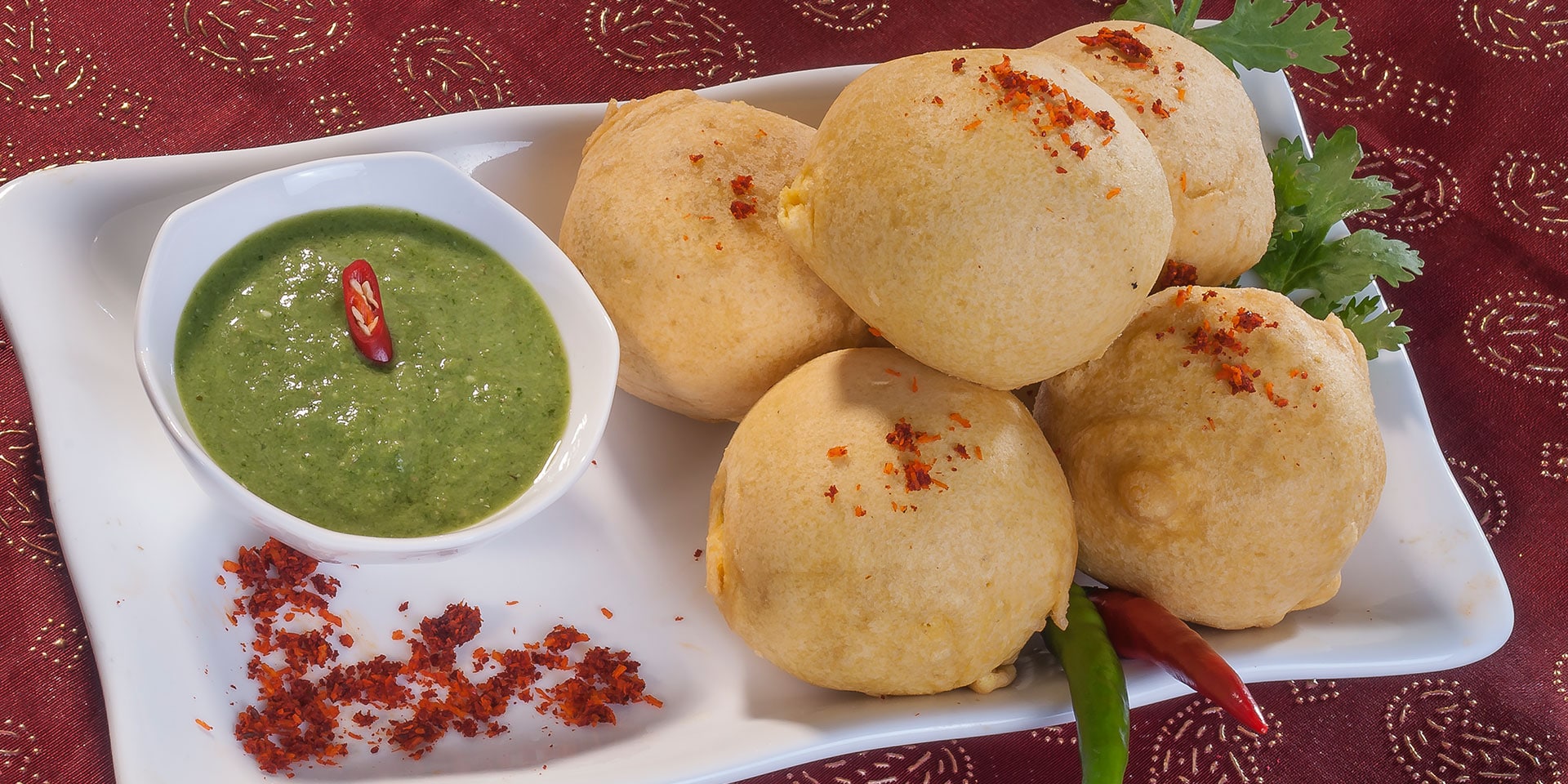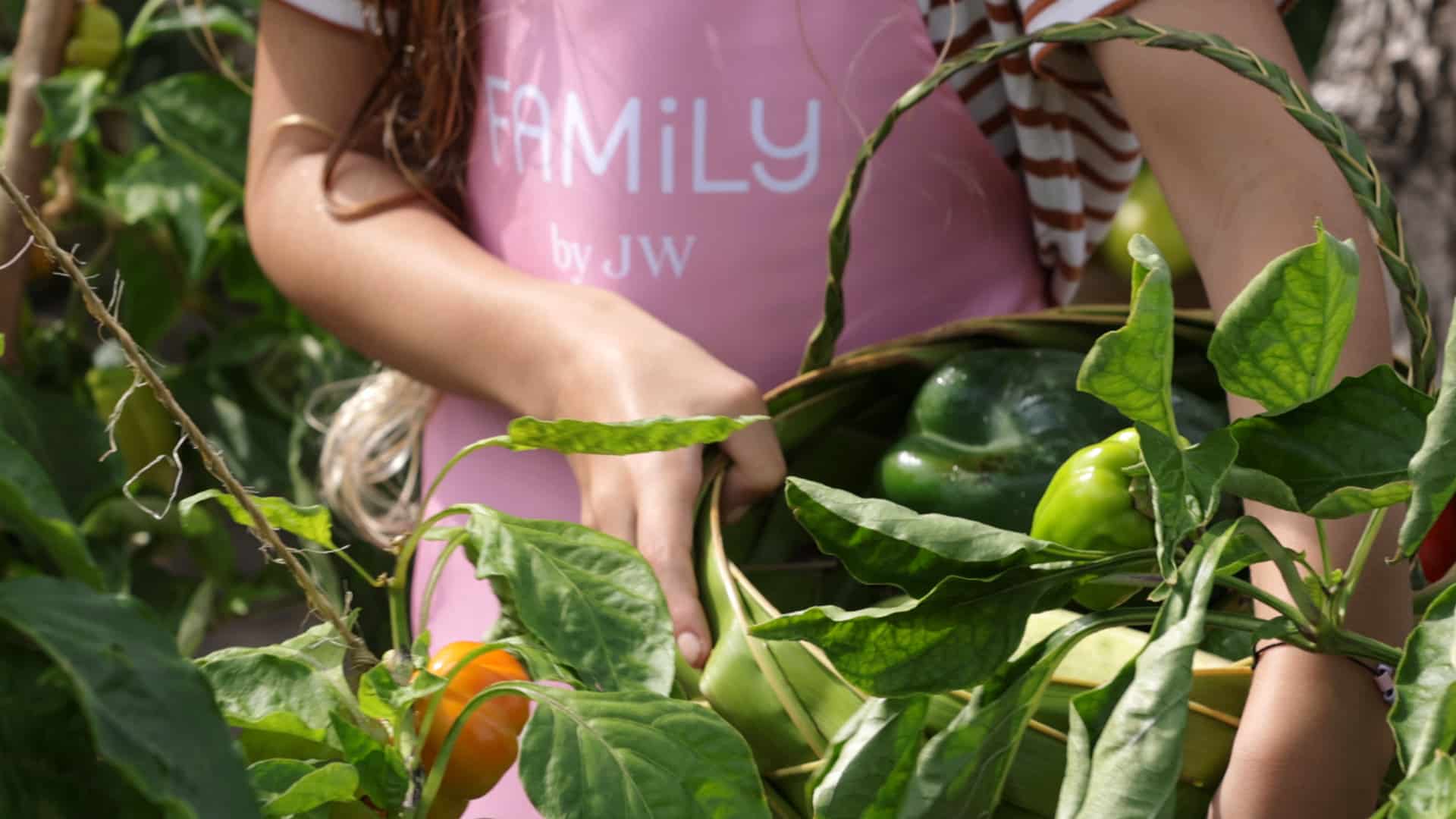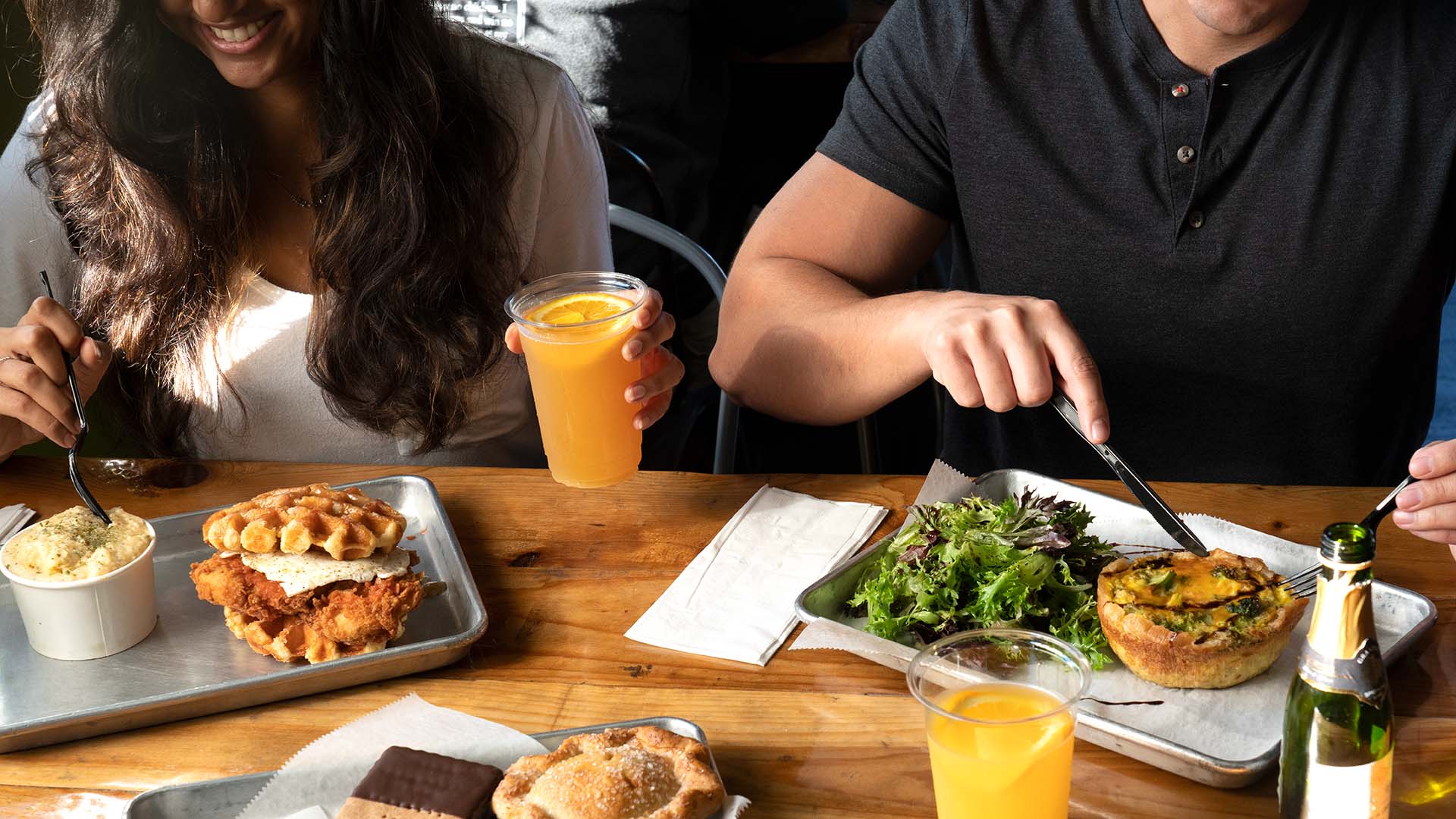
From savory to sweet, Goa’s traditional buns will satisfy. (Photo: Getty Images)
Eat + DrinkFind Life’s Simple Pleasures with Tea and Buns in Goa, India
By Revati UpadhyaIt was still fairly early, closing in on 7a.m., as the golden hue of the morning light tinged the sky. We were on the island of Divar in Goa’s Mandovi River, waiting to catch the sunrise. Blades of grass, new and green, glistened in the light as dawn bled into the horizon.
A small group of egrets suddenly emerged from the paddy fields, setting off a sprinkle of dew that danced in the light. It was the picture of perfection.
And then there was a rumble. My reverie was broken by far more earthly calls—namely hunger, for breakfast. It was then that I was introduced to the institution that is Cafe Bhonsle, a short drive away in Panaji (aka Panjim), Goa’s capital.
Stepping inside after experiencing the peacefulness of the island is a swing to the other end of the spectrum.
If outside the city is slowly emerging from the night’s slumber, the cafe is already throbbing with life: a cacophony of teacups clinking against saucers, steel snack plates meeting cold tabletops, muffled murmurs growing into a steady din, shuffling feet and the morning radio show crackling like a soft, gentle signal that a new day has dawned.
Once a humble teahouse, Cafe Bhonsle has been in operation for more than 80 years. A family-run enterprise, it has slowly grown over the years, expanded in size and seen many incarnations. But the breakfast and teatime snacks remain a constant, as does its popularity among Panjim’s morning crowd.

Savory, wholesome fare
Waiters dressed in crisp white uniforms bustle around. Small plates with an assortment of goodies make their way back and forth from the kitchen.
Diners chow down with gusto on puris (fried bread) used to spoon glistening mouthfuls of potato curry, batata vadas (potato fritters) with dabs of coconut chutney, and crisp, three-pointed vegetable samosas.
But it is the buns that are recommended and which—simple and conventional as they may seem—are nothing like the kind of bun I know or had expected.
These buns—typical to Goa—are lightly sweetened, yeasted, fried bread, speckled with a touch of cumin seeds. They’re eaten with an assortment of spicy curries, usually made of potatoes and green chilies, onions and tomatoes, chickpeas or other lentils cooked in a medley of spices.
A plate bearing a large, gleaming fluffy fried bread suddenly appears before me. I poke it with my finger to release curls of steam trapped within, and a mildly sweet aroma wafts out.
Digging in, I tear off bits of the bun, folding it to scoop small bites of chickpea gravy. On the side is an assortment of other popular snacks.
Spicy green chilies are thickly coated in a chickpea-flour batter and fried crisp. Typically, they’re deseeded before being fried, but a big bite makes me realize that perhaps the chef had chosen to omit this minor detail.
Large salty tears stream down my face. I gulp water from my steel tumbler to neutralize the spice enough to take another bite, before I give in and decide to nibble on the fried batter casing instead.
An afternoon cup of choa
When the afternoon sunlight slants at that painfully harsh angle and the city falls into its siesta-induced lull, a cup of strongly brewed milky tea makes for a good pick-me-up. A friend points me just around the corner to Cafe Real for a bigger, better and more satisfying bun—best enjoyed at teatime.
At Cafe Real, the sweet tea—or ‘choa’ as it’s called in Goa—is perfect for dunking the bun in while lazily watching the world go by. All around me, locals catch up over hushed whispers, raucous laughter and animated conversations.
While Cafe Bhonsle is my Sunday breakfast ritual and Cafe Real satisfies the afternoon snack, Saturday evenings are for Cafe Tato. It’s where I go to blend in.
I’m not alone. My jaunts coincide with the evening meet-up of a group of aged men, who I unfailingly encounter every week.
Stooped over their cups of tea, huddled over a single copy of the day’s newspaper, looking up only to smile or order—they make me feel right at home.
I watch them immersed in conversation, week after week. And pretty soon this scene—the man in the beret, sharing teatime with his friends—becomes an indelible part of my weekend ritual.
I find solace and comfort in the familiarity of habits like these.
And so, just like the little things that mark changing seasons—the burst of new leaves, the gusts of wind before that first monsoon, that sudden biting nip in the air—slowly, but surely, I feel like I have come home.







